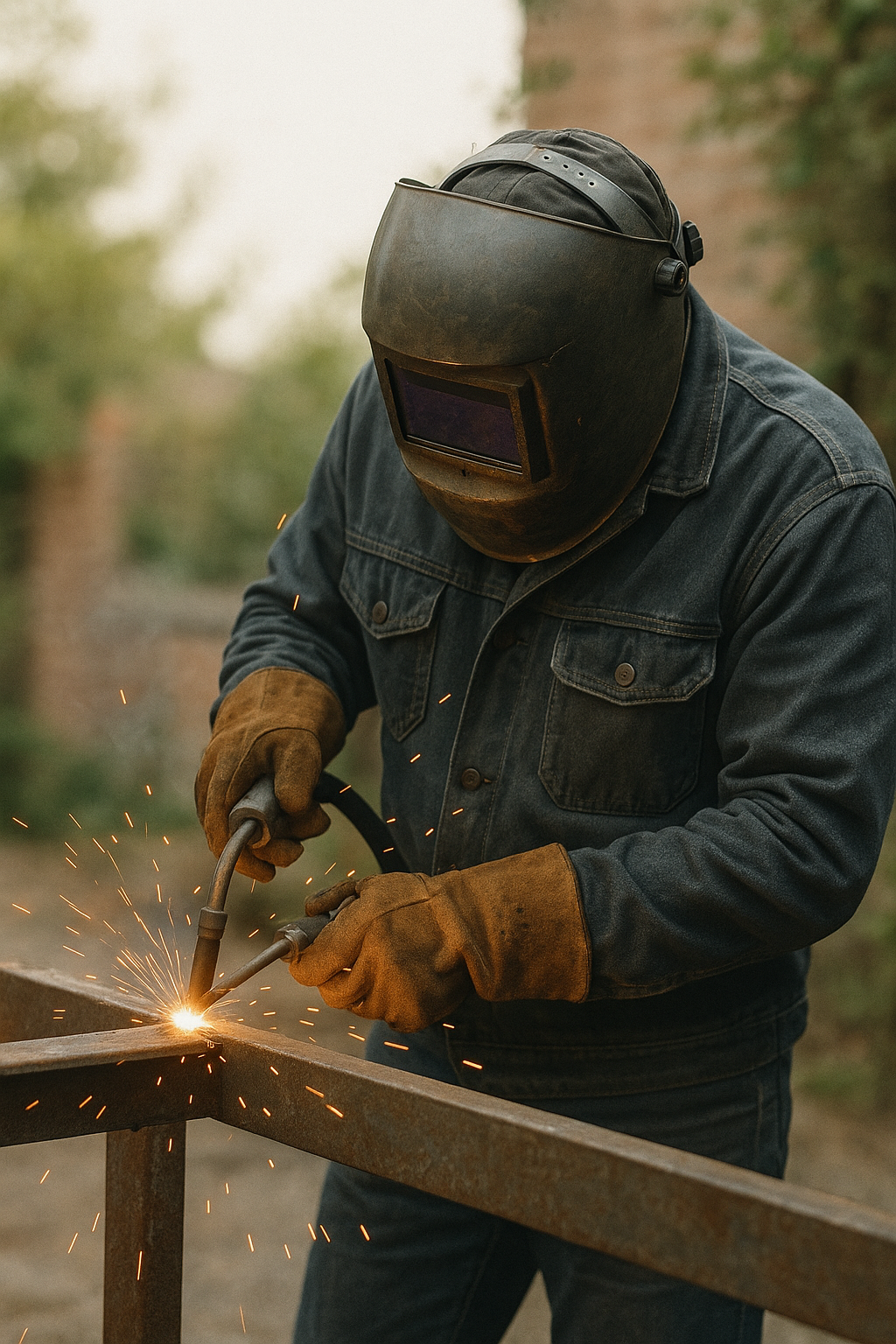
By Jenny Holly Hansen | Langley News | November 12, 2025
In the world of business insurance, few clauses cause more confusion & surprise at claim time than the heat exclusion. For tradespeople, particularly those who weld, solder, or use heat-producing tools, understanding this exclusion can make the difference between being fully covered and facing costly out-of-pocket expenses.
What Is the Heat Exclusion?
The heat exclusion is a clause found in many business insurance policies. It limits or removes coverage for damage caused by the application of heat — including open flames, blowtorches, hot air guns, or other heat-producing equipment.
While it may sound straightforward, the exclusion’s reach is often broader than most expect. For example, if a plumber uses a torch to solder pipes and that heat later causes a fire, the resulting property damage might not be covered. The same applies to roofers using hot tar or welders working in a confined space — even with safety measures in place.
Why It Exists
Insurers include the heat exclusion because hot work dramatically increases fire risk. A single spark can ignite materials hours later, and even skilled tradespeople can’t always control every variable. Because of this elevated hazard, insurance companies manage the risk by excluding it — unless additional precautions or coverage are put in place.
How It Affects Tradespeople
For tradespeople, this exclusion can have serious implications:
- Uninsured losses: A single heat-related claim could cost tens or even hundreds of thousands of dollars.
- Contract limitations: Some commercial contracts require evidence of full coverage, including hot work. Without the right endorsements, you may be disqualified from bidding on jobs.
- Business interruption: If you’re liable for a fire and your insurance doesn’t respond, your operations — and reputation — can suffer long-term damage.
How to Protect Yourself
Fortunately, there are ways to stay protected:
- Review your policy carefully. Don’t assume you’re covered. Ask your broker whether the heat exclusion applies to your work.
- Add a hot work endorsement. Some insurers offer an optional rider or endorsement that restores coverage when specific safety protocols are followed.
- Follow strict safety procedures. Maintain a hot work permit system, use fire blankets, and monitor the area for several hours after the work is done.
- Work with an experienced broker. A broker who understands your trade can help negotiate coverage that fits the real-world risks of your job.
Final Thoughts
For tradespeople, tools that generate heat are essential to the job — but they also come with risks that standard policies may not fully cover. Understanding the heat exclusion and taking steps to address it ensures that when you’re protecting others’ property, your own business is protected too.
A small adjustment in your coverage today can save your livelihood tomorrow.
Let’s Keep Talking:
Jenny is a business insurance broker with Waypoint Insurance. With 19 years experience, she will well versed in the technical aspects of business coverages.
She can be reached at 604-317-6755 or jenny.hansen@navacord.com
Connect with Jenny on LinkedIn at https://www.linkedin.com/in/jenny-holly-hansen-365b691b/.
TAGS: #Jenny Holly Hansen #Protect your Business #Skilled Trades #heat Exclusion #Roofers #Open Flam, Blowtorches, Hot Air Guns, or other heat-producing equipment.



